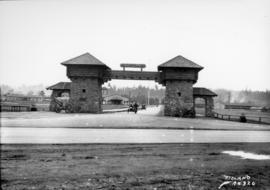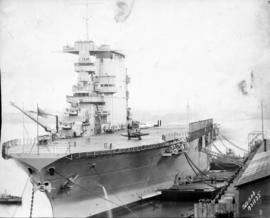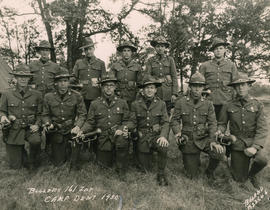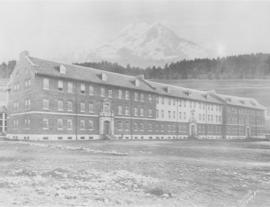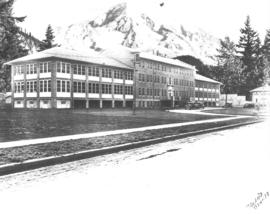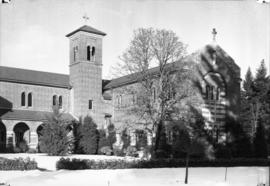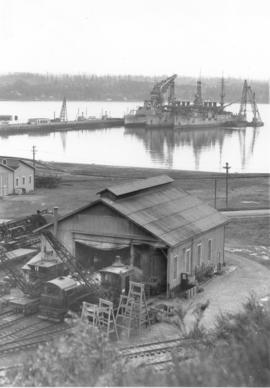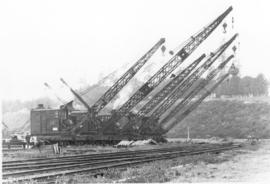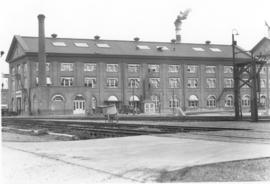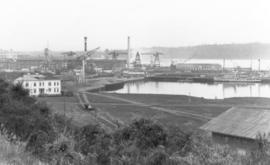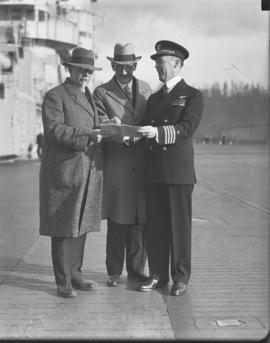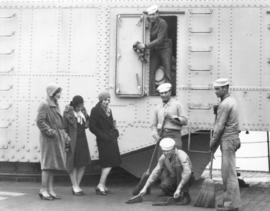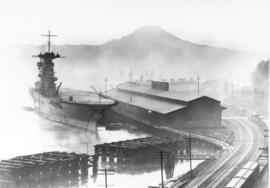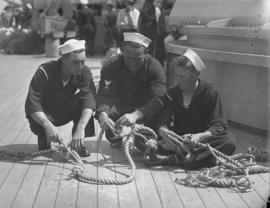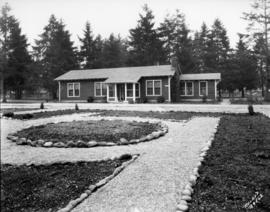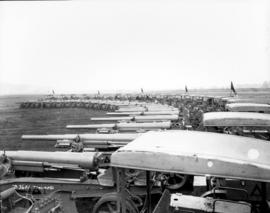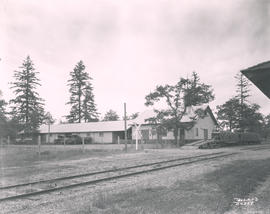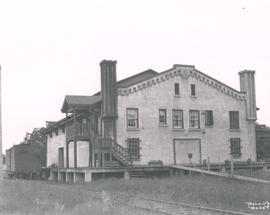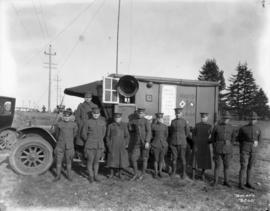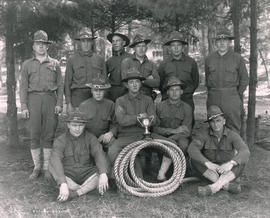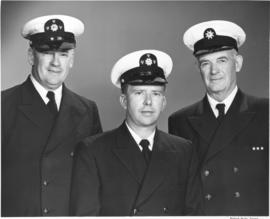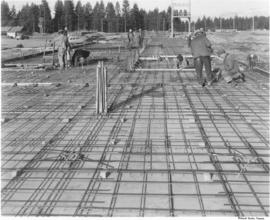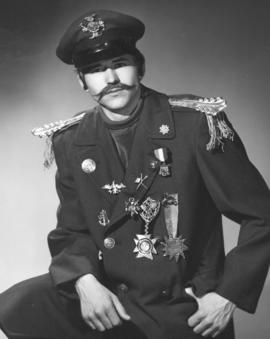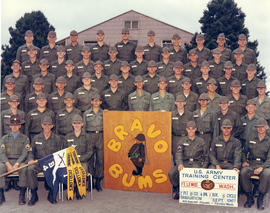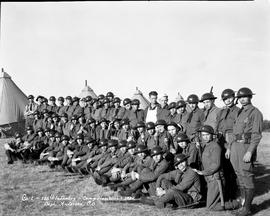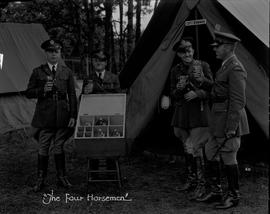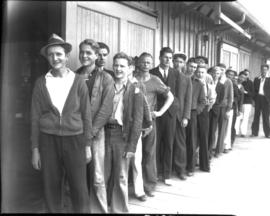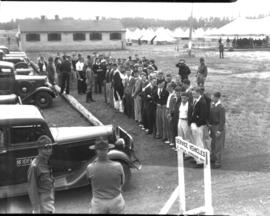- Item
- 1922-03
Part of Marvin Boland Photographs
Around 1922, Marvin Boland took this photograph of the main gate and entrance to Camp Lewis (now Fort Lewis). The gate was erected toward the end of the year in 1917 and paid for by a subscription fund set up by the employees who constructed the main buildings at the Camp. In 1917, Pierce County donated 70,000 acres to the federal government for the establishment of a military base. Construction began July 5, 1917 and in the span of 90 days, 10,000 men built 1,757 buildings and 422 other structures. They installed lighting, plumbing and heating and started on streets, roads and railway spurs. They were so proud of their work that when the construction was completed, the workers subscribed $4,000 to build the main gate. The gate is still standing, although was moved from its original location due to the construction of Highway I-5. TPL-7070 (www.lewis.army.mil)
Camp Lewis (Wash.); Fort Lewis (Wash.); Military camps--Tacoma--1920-1930;
